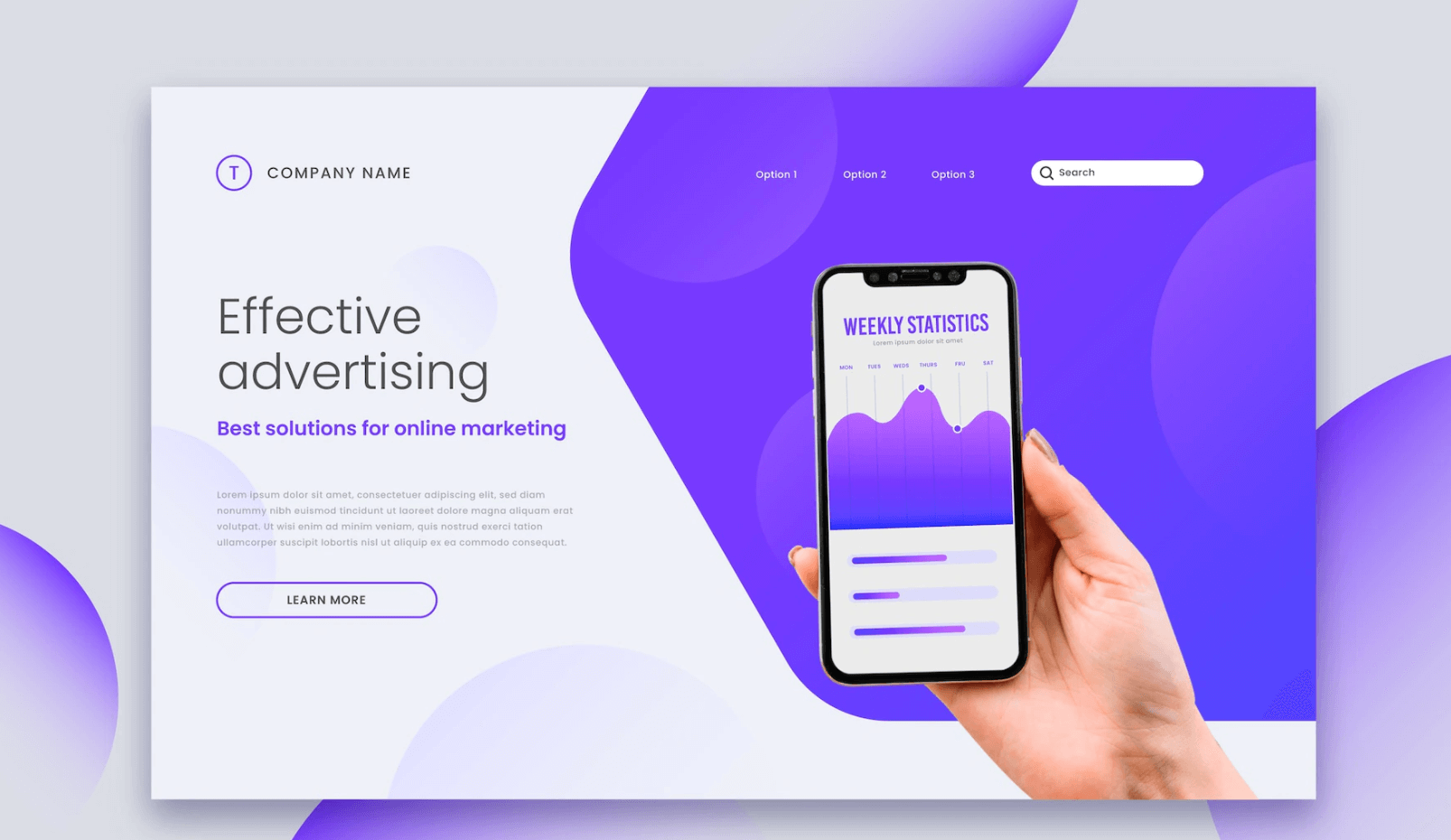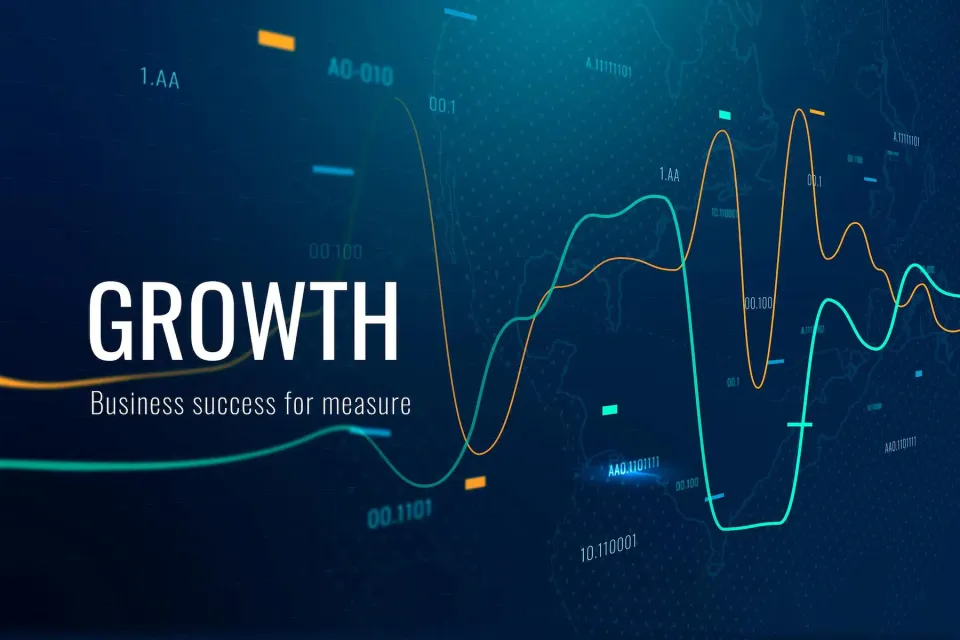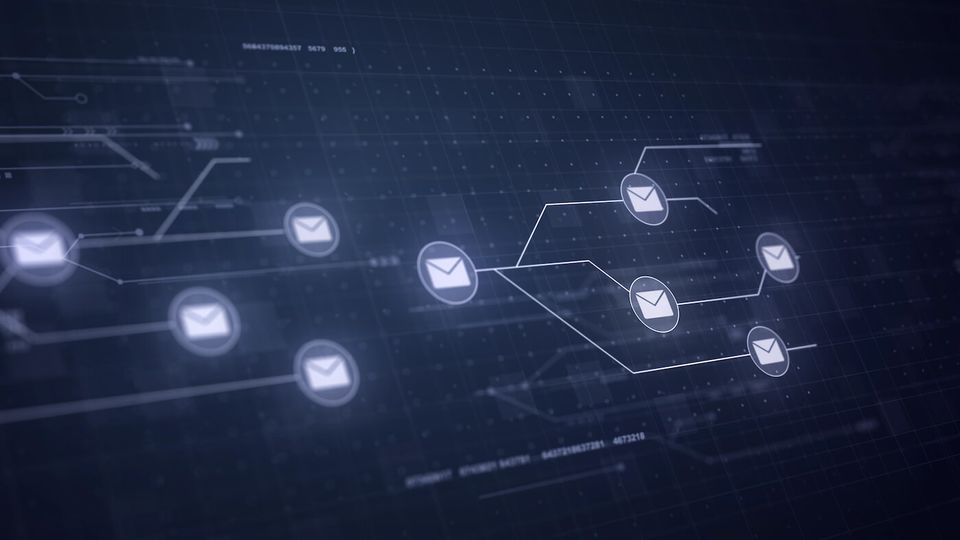Are you looking for ways to take your business to the next level? If so, you'll want to check out this blog post on 50 ways to growth hack your business. From utilizing social media to thinking outside the box, there are a number of ways you can give your business a boost. So what are you waiting for? Start reading and see which growth hacking tips you can put into action today!
1. Social Media Marketing
As a business owner, you can’t afford to ignore social media marketing. It is one of the most effective ways to reach your target audience and create a connection with them. When done correctly, social media marketing can help you build brand awareness, generate leads, and boost sales.
2. Referral Programs
A referral program is a system in which customers are rewarded for referring new customers to a business. This can be done by giving the referrer a discount, coupon, or other incentive. Referral programs are an effective way to acquire new customers, as they are more likely to convert than customers who are not referred by someone they know.
3. Content Marketing
In order to drive traffic and conversions, businesses need to produce quality content that is relevant to their audience. Content marketing is the process of creating and distributing valuable, relevant, and consistent content to attract and retain a clearly defined audience — and, ultimately, to drive profitable customer action. When done correctly, content marketing can be an extremely effective way to reach your target market and achieve your business goals.
4. Search Engine Optimization
Search Engine Optimization, or SEO, is the process of improving the visibility and ranking of a website or web page in search engine results pages (SERPs). SEO can be done by optimizing the website content, structure, and on-page elements like titles, metatags, and anchor text, as well as by developing off-page SEO tactics like link building and social media engagement. When done correctly, SEO can help a website attract more organic traffic from search engines, leading to more leads and sales.
5. Email Marketing
Email marketing is a direct marketing technique that uses electronic mail as a means of communicating commercial or fund-raising messages to an audience. In its broadest sense, every email sent to a potential or current customer could be considered email marketing. However, the term is usually used to refer to: (1) Sending emails with the purpose of enhancing the relationship of a merchant with its current or previous customers, and (2) Sending emails with the purpose of acquiring new customers or convincing current customers to purchase something immediately.
6. Pay-Per-Click Advertising
Pay-Per-Click (PPC) advertising is an online marketing technique in which businesses can display their ads on search engine results pages (SERPs) and only pay when a user clicks on their ad. This is a highly effective way to drive targeted traffic to a website, as businesses only pay for the clicks they receive.
7. Affiliate Marketing
Affiliate marketing is a type of performance-based marketing in which a business rewards one or more affiliates for each visitor or customer brought about by the affiliate’s marketing efforts. Affiliate marketing is one of the most effective ways to reach a large audience, as it allows businesses to tap into the networks of their affiliates to reach potential customers.
8. Viral Marketing
Viral marketing is a marketing technique that relies on social networks to spread a message. Viral marketing typically involves creating a piece of content (such as a video, image, or piece of writing) that is so compelling that users are compelled to share it with their friends and followers. The result is a rapid spread of the message through the social network, which can lead to a significant increase in traffic and brand awareness for the business.
9. Guerrilla Marketing
Guerrilla marketing is an unconventional marketing approach that relies on low-cost, high-impact tactics to reach a large audience. Guerrilla marketing techniques can be used to generate buzz and awareness for a product or service, and can be particularly effective for small businesses with limited marketing budgets.
10. Inbound Marketing
Inbound marketing is a marketing approach that focuses on attracting customers through compelling content and offers, rather than traditional advertising and marketing techniques. Inbound marketing relies heavily on SEO, content marketing, and social media to attract potential customers, and can be an extremely effective way to reach your target market.
11. Growth Hacking
Growth hacking is a process of rapid experimentation across marketing, product development, sales, and other channels in order to identify the most efficient ways to grow a business. Growth hacking is often associated with start-ups and small businesses, as they are more nimble and can quickly implement changes based on data and feedback.
12. A/B Testing
A/B testing, also known as split testing, is a method of comparing two versions of a web page or email to see which one performs better. A/B testing can be used to test different versions of headlines, images, calls to action, and other elements to see which version produces the best results.
13. Conversion Rate Optimization
Conversion rate optimization (CRO) is the process of optimizing a website or landing page to increase the percentage of visitors who take a desired action. CRO can be used to improve the conversion rate of any goal, such as making a purchase, signing up for a newsletter, or requesting more information.
14. Landing Page Optimization

Landing page optimization (LPO) is the process of optimizing a landing page to improve its conversion rate. Landing pages are web pages that are designed to convince a visitor to take a desired action, such as making a purchase, signing up for a newsletter, or requesting more information. LPO involves testing different versions of landing pages and track which version produces the best results.
15. Customer Relationship Management
Customer relationship management (CRM) is a system for managing the relationships with a business’s customers. CRM systems are used to track customer data, such as contact information, purchase history, and interaction history. CRM systems can also be used to automate marketing and sales tasks, such as email marketing and lead generation.
16. Social CRM
Social CRM is a type of CRM that focuses on the relationships between a business and its customers through social media. Social CRM systems are used to track customer data, such as social media profile information, and to automate marketing and sales tasks, such as social media monitoring and engagement.
17. Event Marketing
Event marketing is a marketing strategy that involves organizing or sponsoring events to promote a product, service, or brand. Event marketing can be an effective way to generate buzz and awareness for a business, as well as to build relationships with potential and current customers.
18. Public Relations
Public relations (PR) is the process of managing the relationships between a business and the media, as well as other stakeholders. PR can be used to generate positive publicity for a business, as well as to manage and respond to negative publicity.
19. Branding
Branding is the process of creating a distinctive name, identity, and image for a product or service. Branding can be used to build customer loyalty, create awareness, and differentiate a product or service from its competitors.
20. Market Research
Market research is the process of gathering data about the preferences, needs, and habits of a target market. Market research can be used to understand the needs of a target market and to develop marketing strategies that are tailored to those needs.
21. Competitive Analysis
Competitive analysis is the process of identifying and evaluating the strengths and weaknesses of a business’s competitors. Competitive analysis can be used to develop marketing strategies that give a business a competitive advantage over its rivals.
22. Business intelligence
Business intelligence (BI) is the process of gathering and analyzing data about a business’s customers, products, competitors, and markets. BI can be used to understand the current state of a business and to make decisions about where to focus resources in order to achieve the desired results.
23. Social Media Monitoring
Social media monitoring is the process of tracking and evaluating online conversations about a business, product, or brand. Social media monitoring can be used to understand the sentiment of online conversations, as well as to identify and track any potential crisis situations.
24. Crisis Management
Crisis management is the process of handling a negative situation or event that could potentially damage a business’s reputation. Crisis management involves developing a plan to address the situation, as well as communicating with stakeholders to minimize the damage.
25. Influencer Marketing

Influencer marketing is a form of marketing in which businesses work with influential people to promote their products or services. Influencer marketing can be an effective way to reach a large audience, as influencers have a large and engaged following.
26. Brand Ambassadors
Brand ambassadors are people who are hired by a business to promote its products or services. Brand ambassadors typically have a large and engaged following, and can be an effective way to reach a business’s target market.
As you can see, there are a number of ways you can growth hack your business. From utilizing social media to thinking outside the box, there are a number of ways you can give your business a boost. So what are you waiting for? Start reading and see which growth hacking tips you can put into action today!





